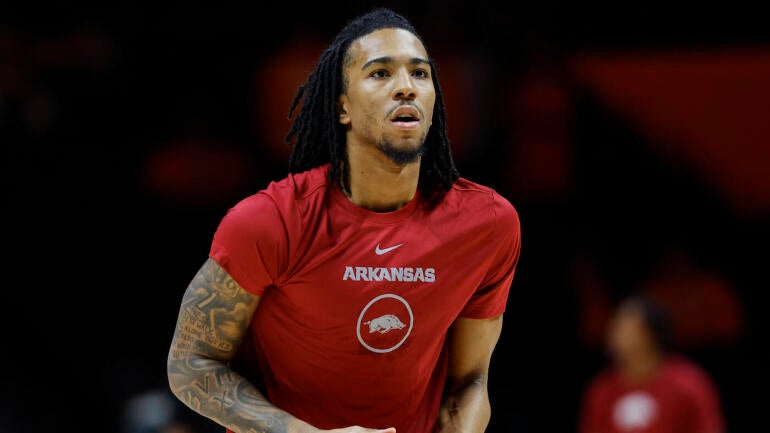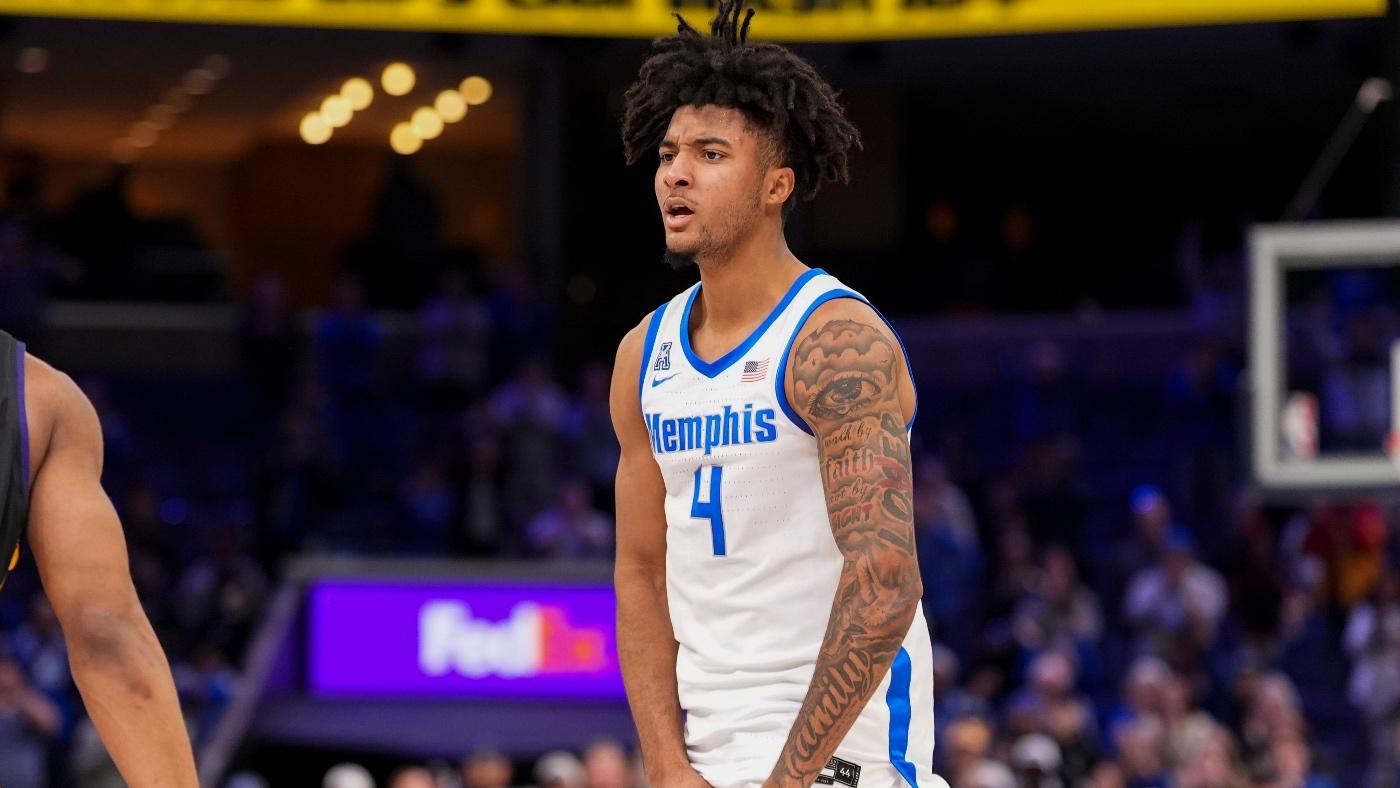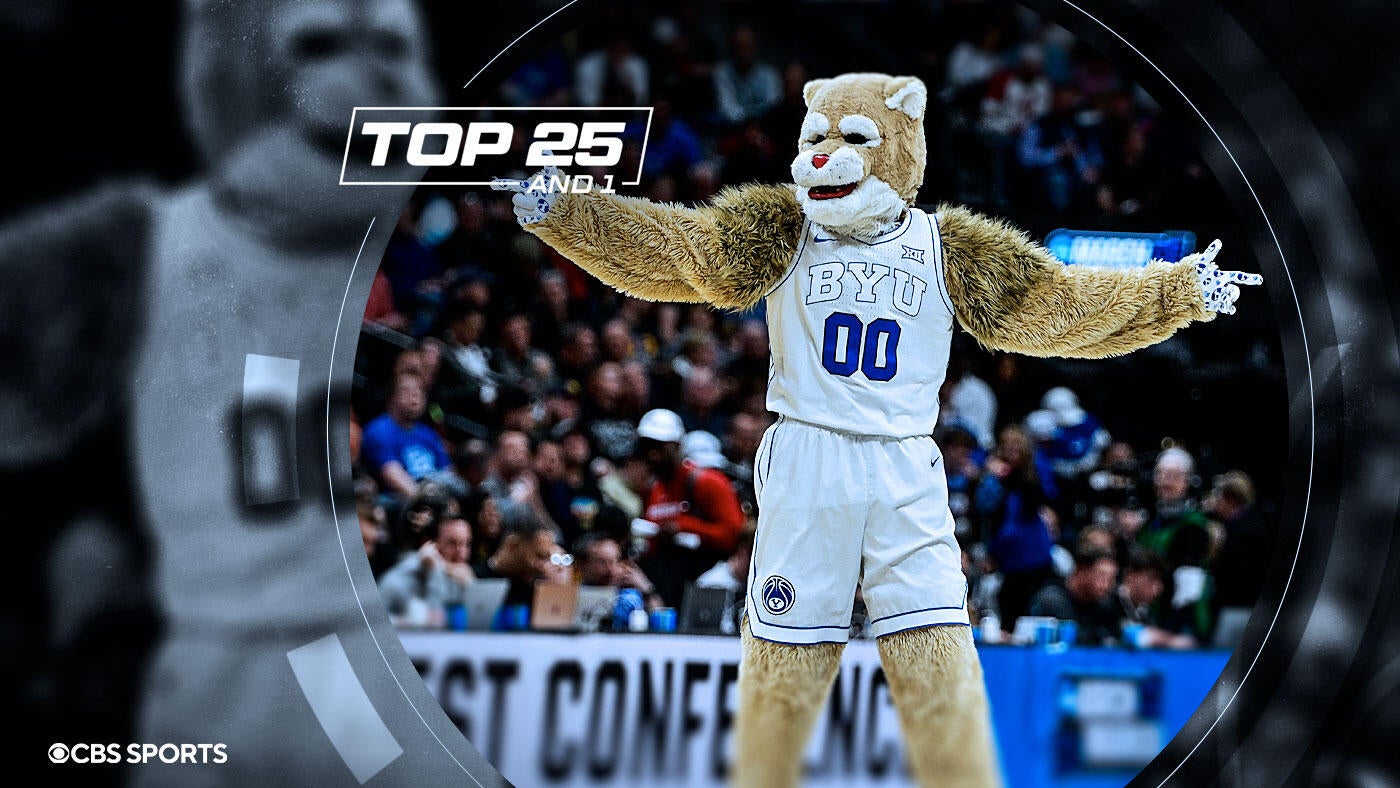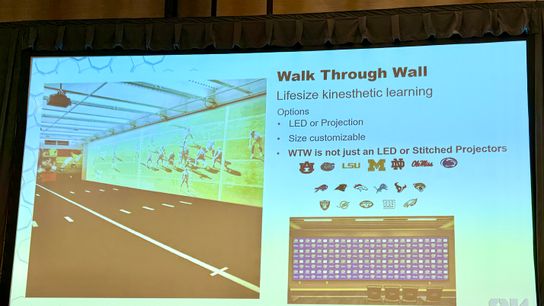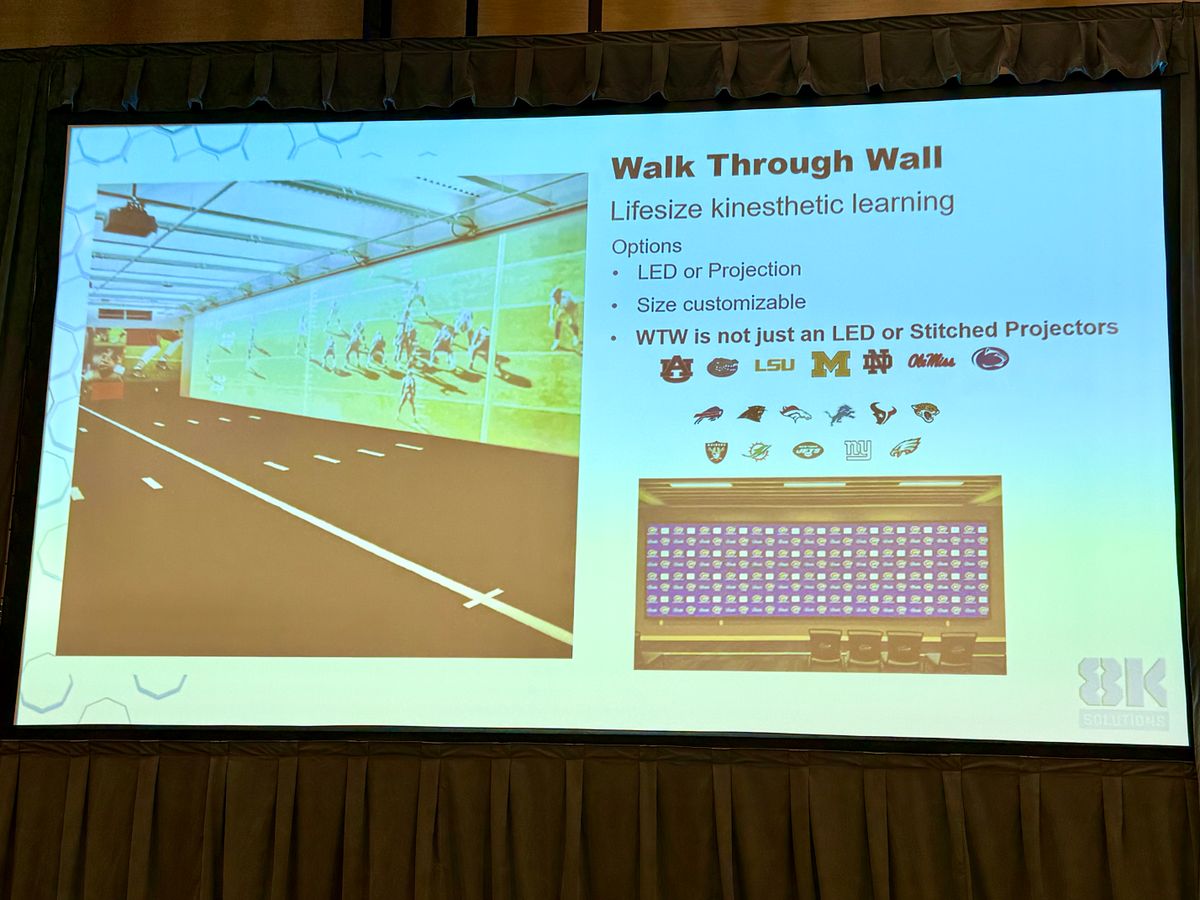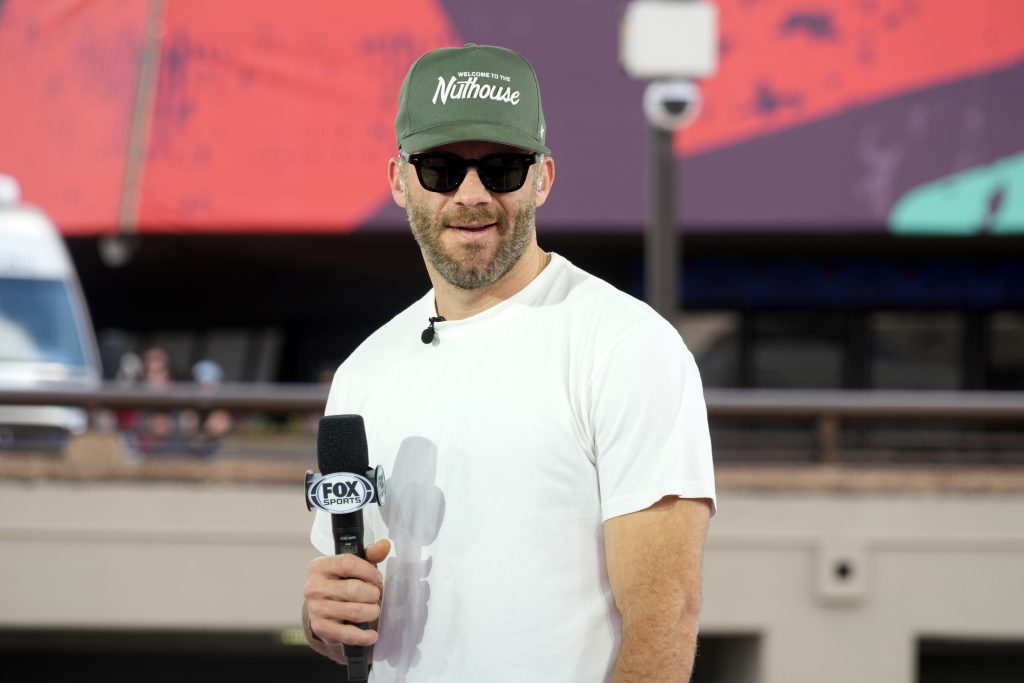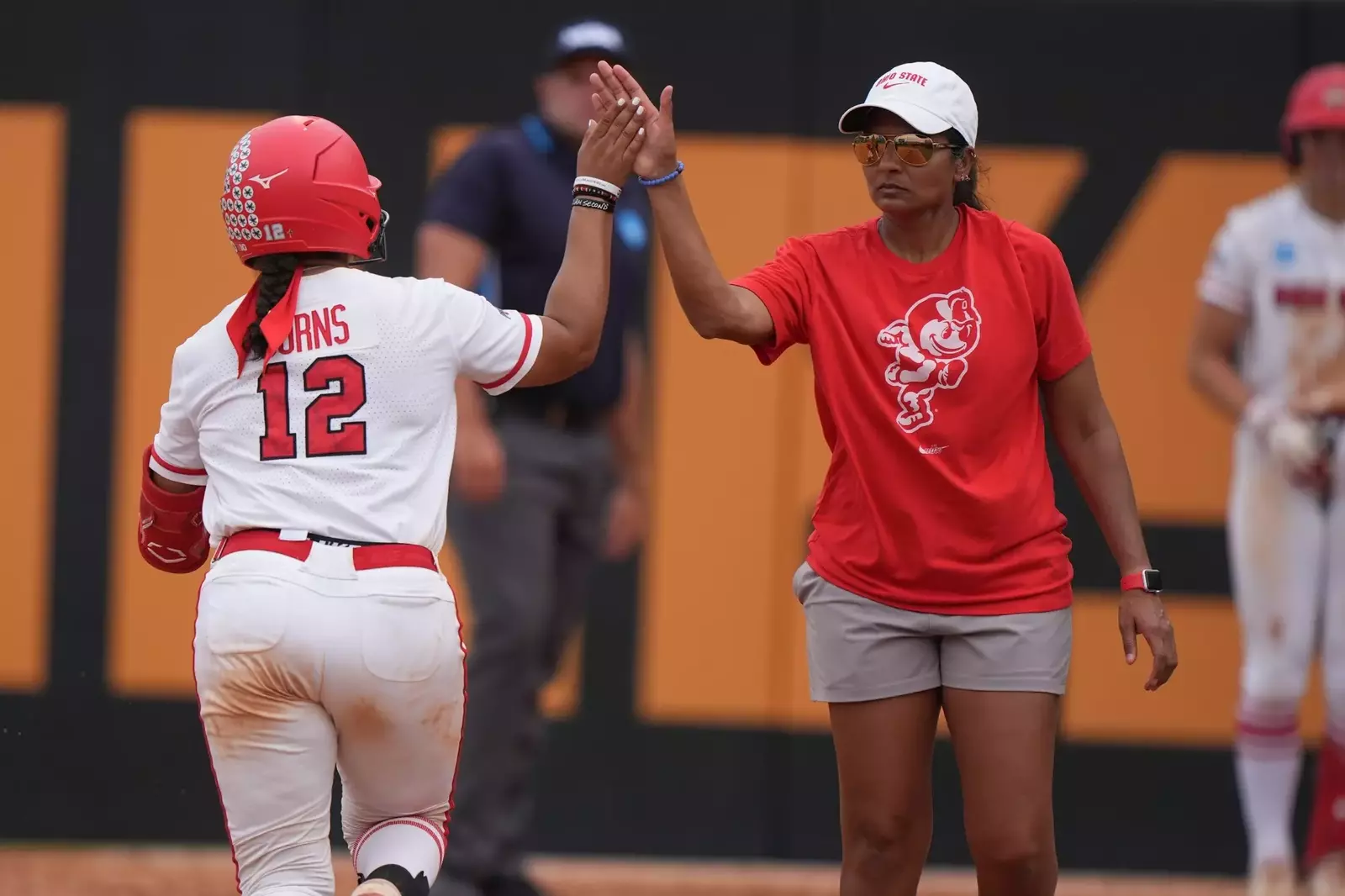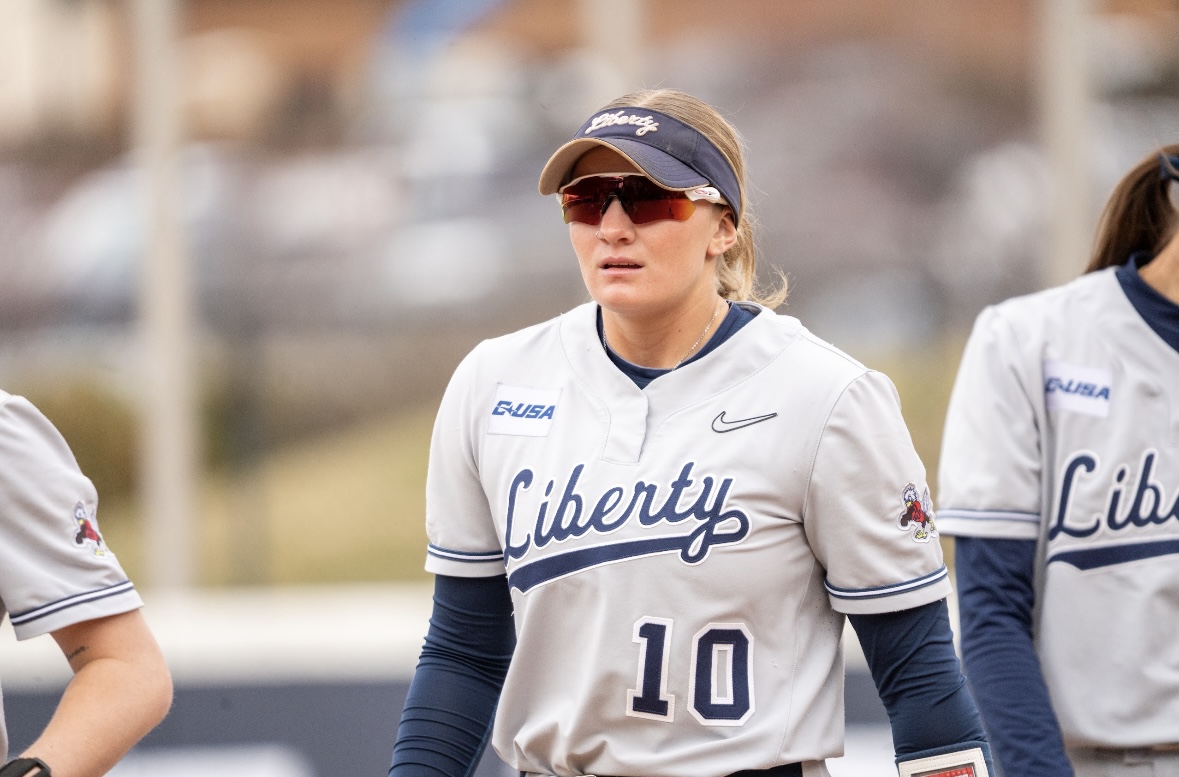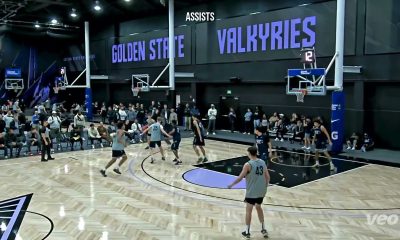FRISCO, Texas – Technology is making its mark in all levels of football, with the hundreds of attendees at the National Football Operations Organization’s annual meeting getting the breakdown on the latest trends – from significant changes to the video world to enhanced helmet technologies and more.
Among the biggest: engine cameras are being phased out of the broadcasting element of games – with the NFL’s Competition Committee already passing a measure to have mounted PTZ cameras – pan-tilt-zoom – throughout the league by 2026.
Additionally, as 8K Solutions noted during the meetings, Clemson and Kansas are among college programs already going to this model.
“By 2029, your major platforms – Catapult, tv sports, Hudl, etc. — are going to a live-capture platform. It’s kind of not optional. Sometime in next two to three years, you’re going to have to go to a capture format requires camera feeds back to a central location in order to ingest (the video content, such as from practices or games).
“Those guys that have for years popped the memory cards, run to the video room and plugged in … that’s going away in the next 2-3 years. Seventy percent of the NFL is already set up to do this, and a dozen or more college teams now are set up for this.”
The company also showed off its revolutionary “walk-through walls”, as pictured here in the story. It allows teams to turn an entire walk into a life-sized walk-through simulation for players to have the opportunity to learn in more detail.
Among colleges already with the capability to use the “walk-through walls” are Notre Dame, Auburn, Florida, LSU, Michigan, Ole Miss and Penn State, among a few others.
Also, new digital, 3-D playbooks are being incorporated into the operating system with the stats from 2024 as following, per the company: 228 NFL games, 758 NCAA games and “more than 10,000-plus plays.”
TEAMWORKS MAKES THE DREAMS WORK
Football’s most ubiquitous technological advancement – the Teamworks HUB – has reached a new milestone, it was shared during the meetings.
The Teamworks HUB system is now utilized by every NFL franchise, 100% of the Football Bowls Subdivision with the company’s recent addition of Notre Dame and now 86% of all FCS programs.
The Teamworks Hub allows its users to manage communications, staff, player and organizational calendars, track health and sleep and myriad other elements all within the app.
Teamworks’ ‘Wallet’ program also allows schools to utilize a “digital banking solution for the NIL and rev-share era which allows student-athletes to instantly receive [payments for NIL and/or revenue-sharing].”
NEW IN-HELMET INNOVATIONS
Riddell has advanced its in-helmet technology to measure additional data points that not only can help improve player safety but also that can help programs better learn player tendencies and potentially adjust teaching methods in practice.
Speaking at the NFOO, Riddell’s Blake Reid shared some new insights into the venerable helmet company’s developments.
“How can we make what happened on the field make sense?,” Reid asked. “We’re not saying you practice differently, and we’re not saying it’s a tool for medical diagnostics. But now we can quantify (data) to each program.
“[In-helmet sensors] Measure location, frequency and magnitude of impact. We can now deliver a report each day to programs. For example, we can say your safety hits with the crown of his helmet 19% of the time. The offensive lineman who played 300 snaps actually had 1,000 different impact-hits.”
He offered two additional examples of how teams had utilized the in-helmet data points to improve both in-game and practice-field efficiency and production.
“One program utilizing the tool felt their run game was not working as well and so they focused more on the technique of the offensive line,” Reid said. “They actually took the helmets off to emphasize playing with their hands more. The next two weeks after that, their rushing average went from 170 yards per game to over 250.
“During individual drills, another program saw that their running back’s crown impacts went through the roof. They watched the film and realized the players were using their heads to help protect the football during individual drills.
“We want to not only protect players but we want to help develop technologies that moving forward help performance and benefit programs to keep athletes on the field but also play at peak performance.”
An interesting note, with revenue-sharing on the horizon and the NCAA now clearing the way for schools to make direct payments to student-athletes: the Red Card Athletics has just partnered with Door Dash to help facilitate more dining options for the student-athletes of programs who utilize the Red Card.
The company says its dining options actually have created savings in some programs who can allow players to utilize the Red Card and cut expenses on training table because athletes eat only what they order/want, thereby reducing costs and potential food waste.
The company has added ACH payment ability – automated clearing house – so that schools who choose to utilize the program can “pay players directly from the school bank account into their bank accounts, whether it’s stipends, NIL payments and so forth. It literally can go from the school’s designated bank account directly to the athlete bank account.”
